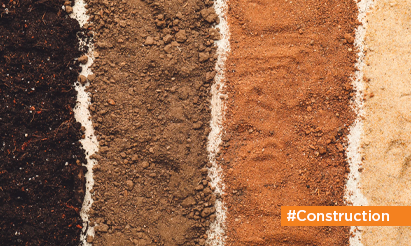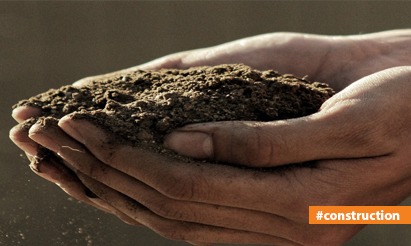The Hollow Brick Revolution: Redefining Modern Construction!
When it comes to building materials, innovation and sustainability are at the forefront of modern construction. One such innovation that has gained prominence in recent years is the use of hollow bricks. These bricks have brought about a revolution in the construction industry, offering a wide range of benefits that make them an attractive choice for builders and homeowners alike. In this blog, we will delve into what hollow bricks are, how they are made, and the advantages they offer.
Understanding Hollow Bricks
What are Hollow Bricks?
Hollow bricks, also known as hollow concrete blocks or hollow concrete bricks, are precisely what their name suggests: bricks with hollow cores. Unlike traditional solid bricks, which are made entirely of dense material, hollow bricks are designed with voids or hollow spaces within them. These voids can be of various shapes and sizes, depending on the specific design and requirements of the construction project.
How Are Hollow Bricks Made?
Hollow bricks are typically manufactured using a mixture of cement, sand, and other aggregates. The manufacturing process involves casting the mixture into molds with hollow cavities. After a curing period, the bricks are removed from the molds and are ready for use.
Advantages of Hollow Bricks
1. Lightweight: One of the primary advantages of hollow bricks is their reduced weight compared to solid bricks. This makes them easier to handle during construction, resulting in labor savings and decreased construction time.
2. Thermal Insulation: The hollow spaces in these bricks act as natural insulators. This means that buildings constructed with hollow bricks tend to have better thermal insulation properties, helping maintain a comfortable indoor temperature and reducing energy consumption.
3. Sound Insulation: Hollow bricks also offer soundproofing benefits due to the air gaps within them. They can help reduce noise transmission from the outside, creating a quieter and more peaceful living or working environment.
4. Cost-Effective: Their lighter weight not only reduces labor costs but also transportation costs, making hollow bricks a cost-effective choice for construction projects.
5. Eco-Friendly: Hollow bricks are considered environmentally friendly because they require fewer raw materials during production, resulting in reduced energy consumption and carbon emissions. Additionally, their thermal insulation properties can lead to lower heating and cooling energy needs, further reducing a building’s environmental impact.
6. Design Flexibility: Hollow bricks come in various sizes and shapes, allowing architects and builders to create unique and aesthetically pleasing designs. The voids can also be used for plumbing and electrical conduits, enhancing the overall design and functionality of a structure.
Hollow bricks have emerged as a game-changer in the construction industry, offering a blend of strength, sustainability, and versatility. Whether you’re a builder looking for an efficient construction material or a homeowner interested in enhancing your property’s insulation and energy efficiency, hollow bricks are certainly worth considering. Their lightweight nature, thermal and sound insulation properties, cost-effectiveness, and eco-friendly characteristics make them a compelling choice for modern construction projects. As the demand for sustainable building materials continues to grow, hollow bricks are likely to play an increasingly important role in shaping the future of construction.
Disclaimer: The views expressed above are for informational purposes only based on industry reports and related news stories. PropertyPistol does not guarantee the accuracy, completeness, or reliability of the information and shall not be held responsible for any action taken based on the published information.




